In the wave of agricultural modernization and smart planting, the farmland environment information monitoring system acts like an invisible assistant, quietly facilitating the meticulous management and efficient production of farmland. It takes technology as its engine and data as its fuel, driving the real-time monitoring and intelligent regulation of the farmland environment, and providing strong support for creating a new model of smart planting.
The core charm of the WX-NQ14 farmland environment information monitoring system lies in its ability to comprehensively and accurately capture the subtle changes in the farmland environment. Whether it is soil moisture, temperature, light intensity or air quality, the system can perceive them with extremely high sensitivity and accuracy, and provide decision-making basis for growers through intelligent analysis. This data-based intelligent planting approach makes farmland management more scientific and efficient, and helps to increase the yield and quality of crops.
This system not only possesses acute perception for environmental monitoring, but also has powerful data processing and intelligent analysis capabilities. It can conduct in-depth mining on the collected farmland environment data, revealing the intrinsic connection between environmental changes and crop growth. This data-based scientific decision-making approach enables growers to precisely adjust management measures such as irrigation, fertilization, and pest control based on actual conditions, achieving refined management of farmland.
The farmland environment information monitoring system also demonstrates a high degree of flexibility and scalability. It can be customized and configured according to the needs of different farmlands and crops, meeting diverse planting requirements. Whether it is a large farm or a small farmland, the system can provide comprehensive and accurate farmland environmental information monitoring services with stable and reliable performance.
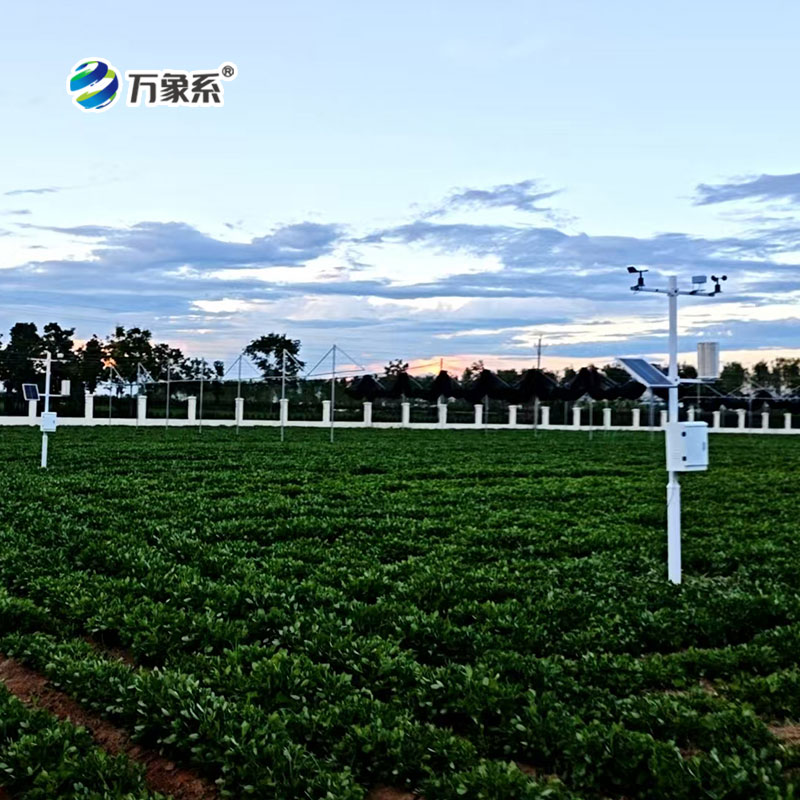
Article address:
http://www.qxhjjc.com/en/article/1595.html

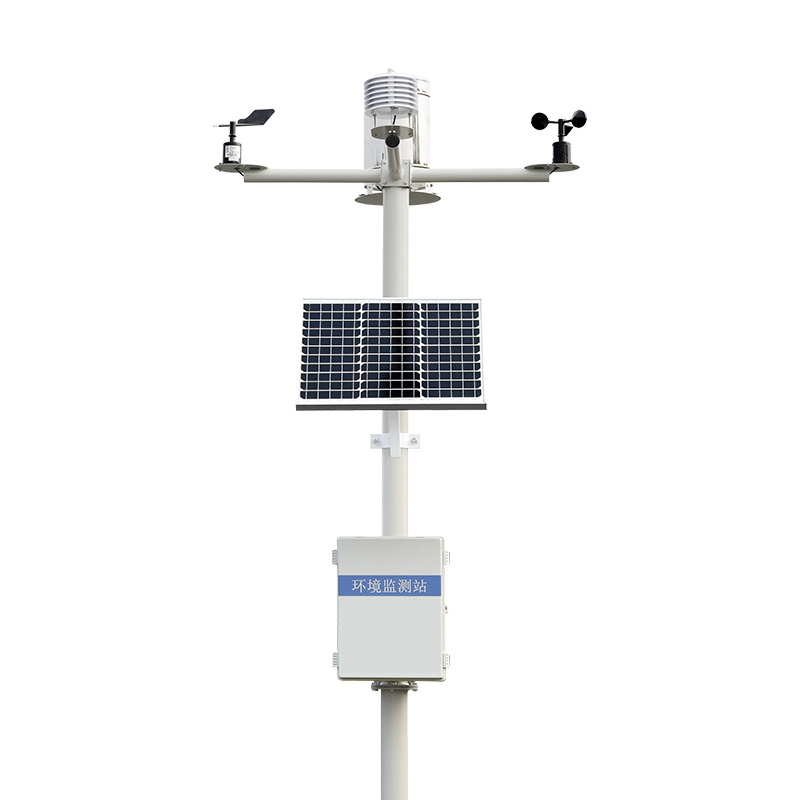
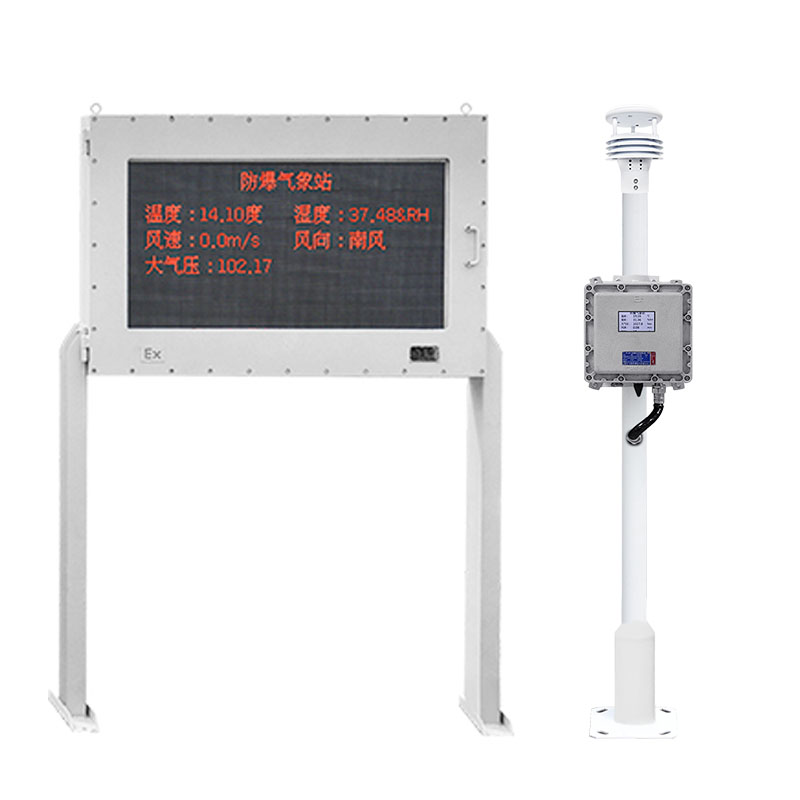
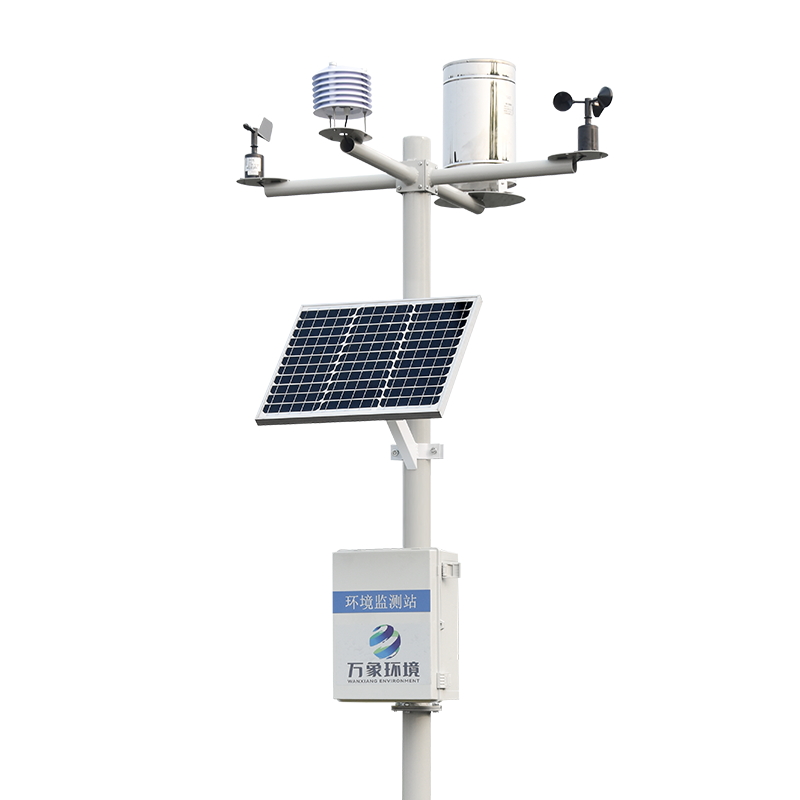
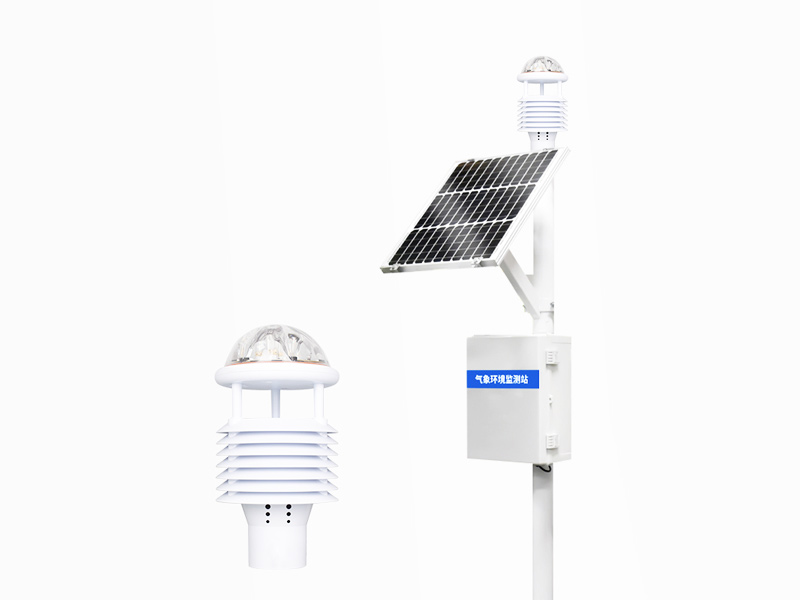
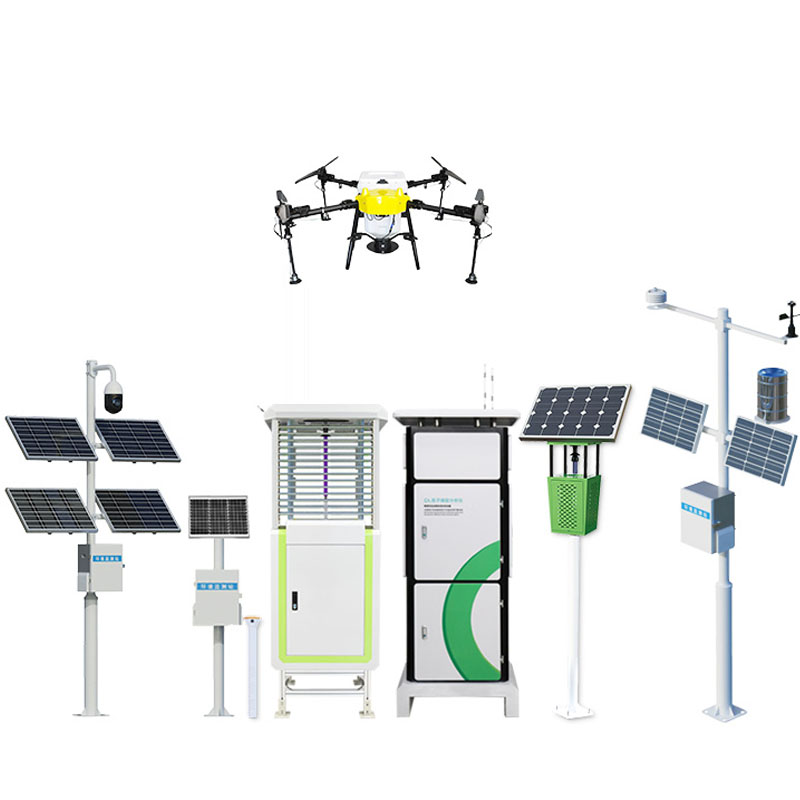

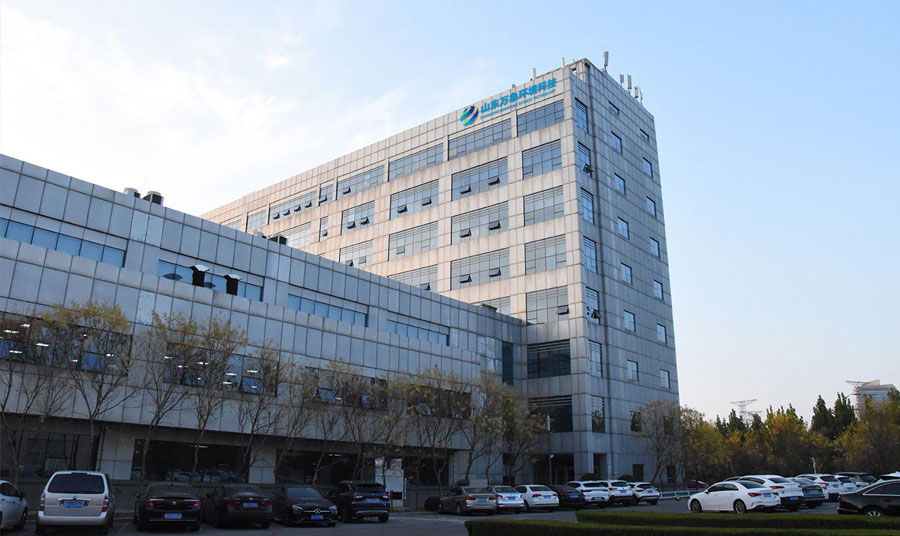
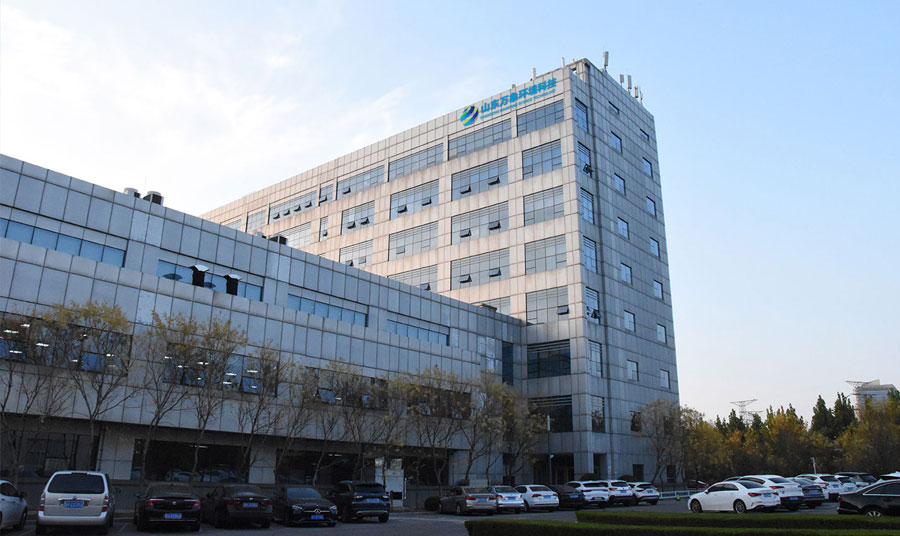



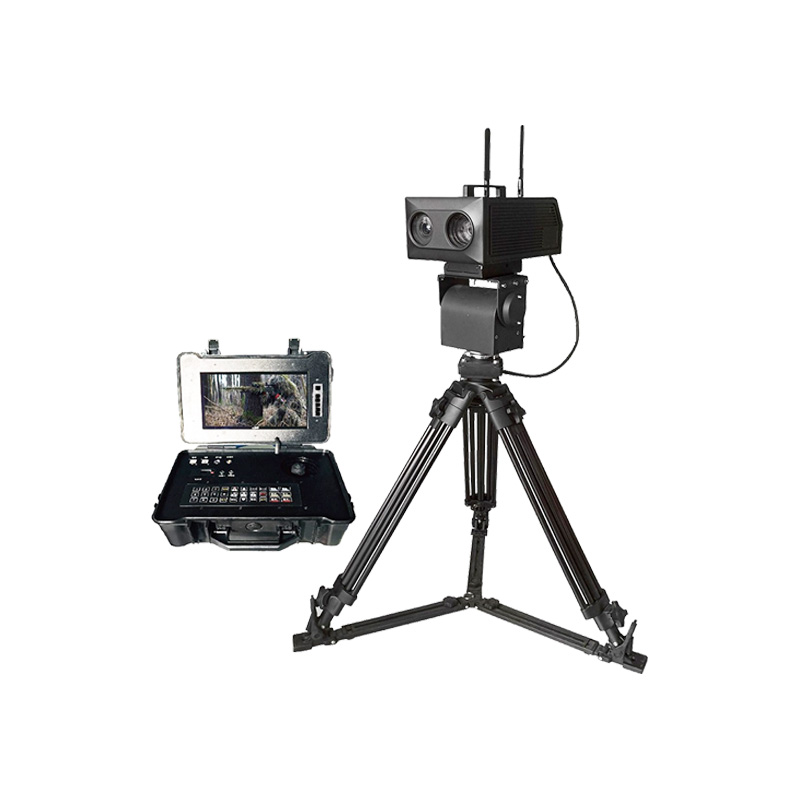


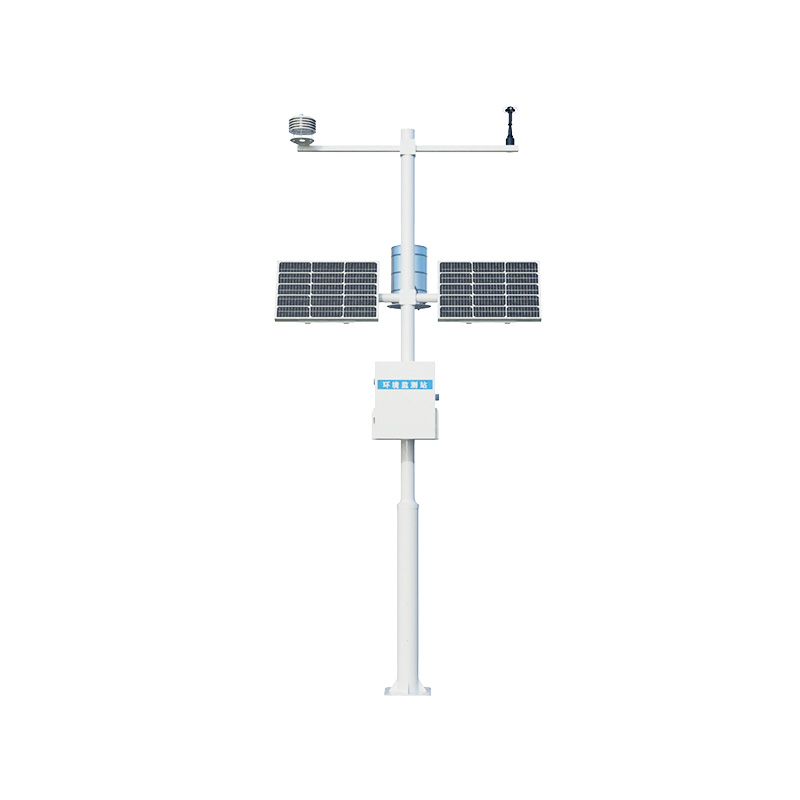


 Home
Home phone
phone Product Overview
Product Overview Contact Us
Contact Us